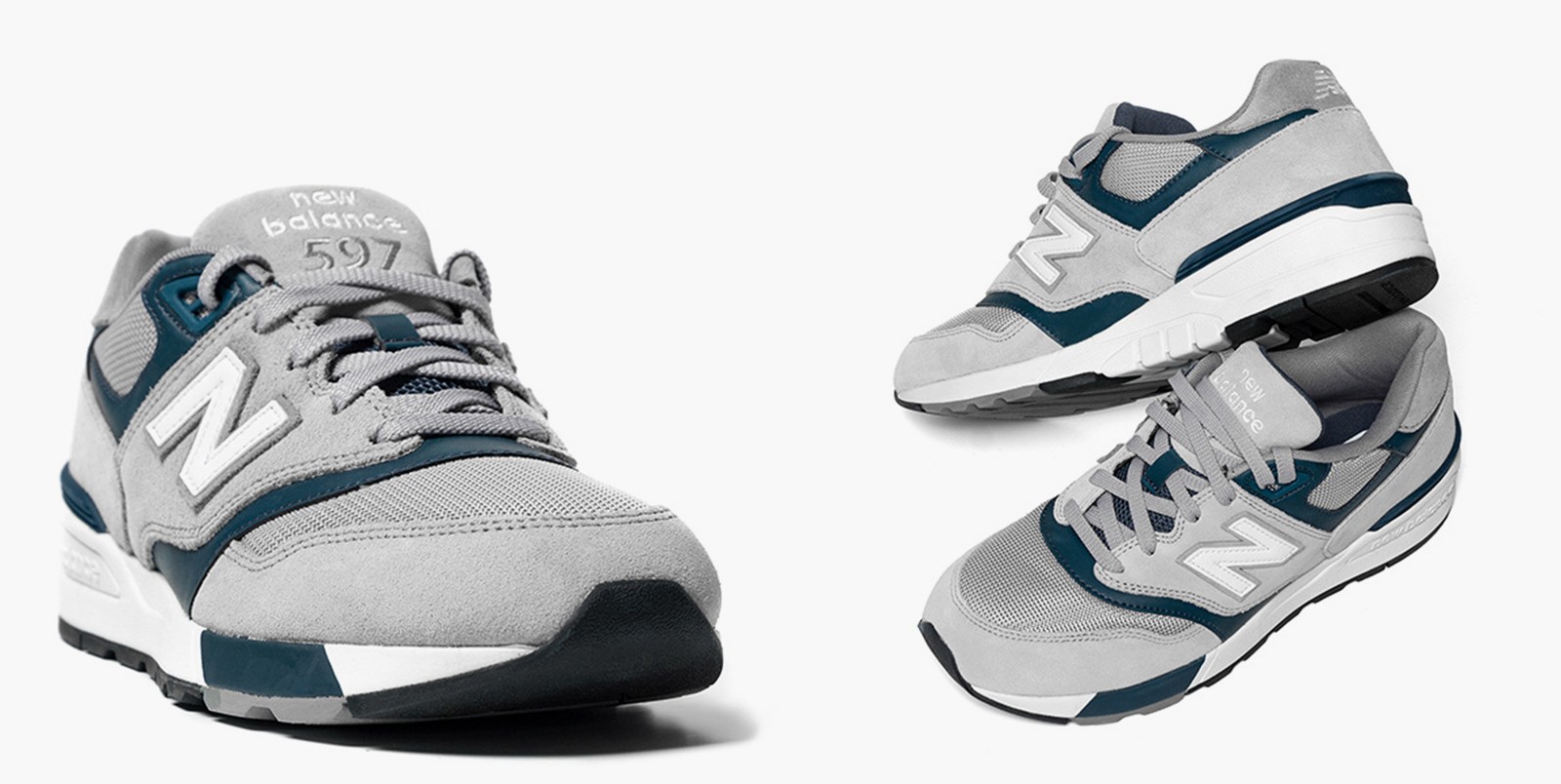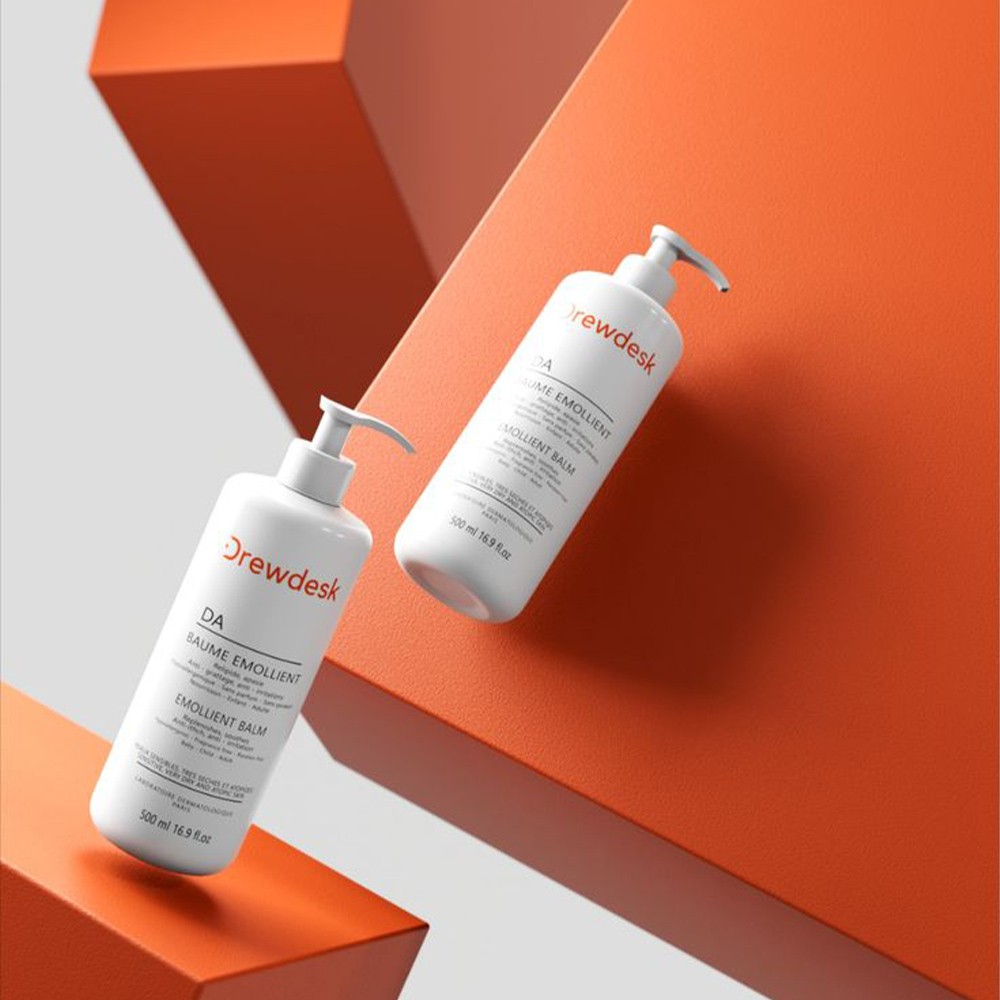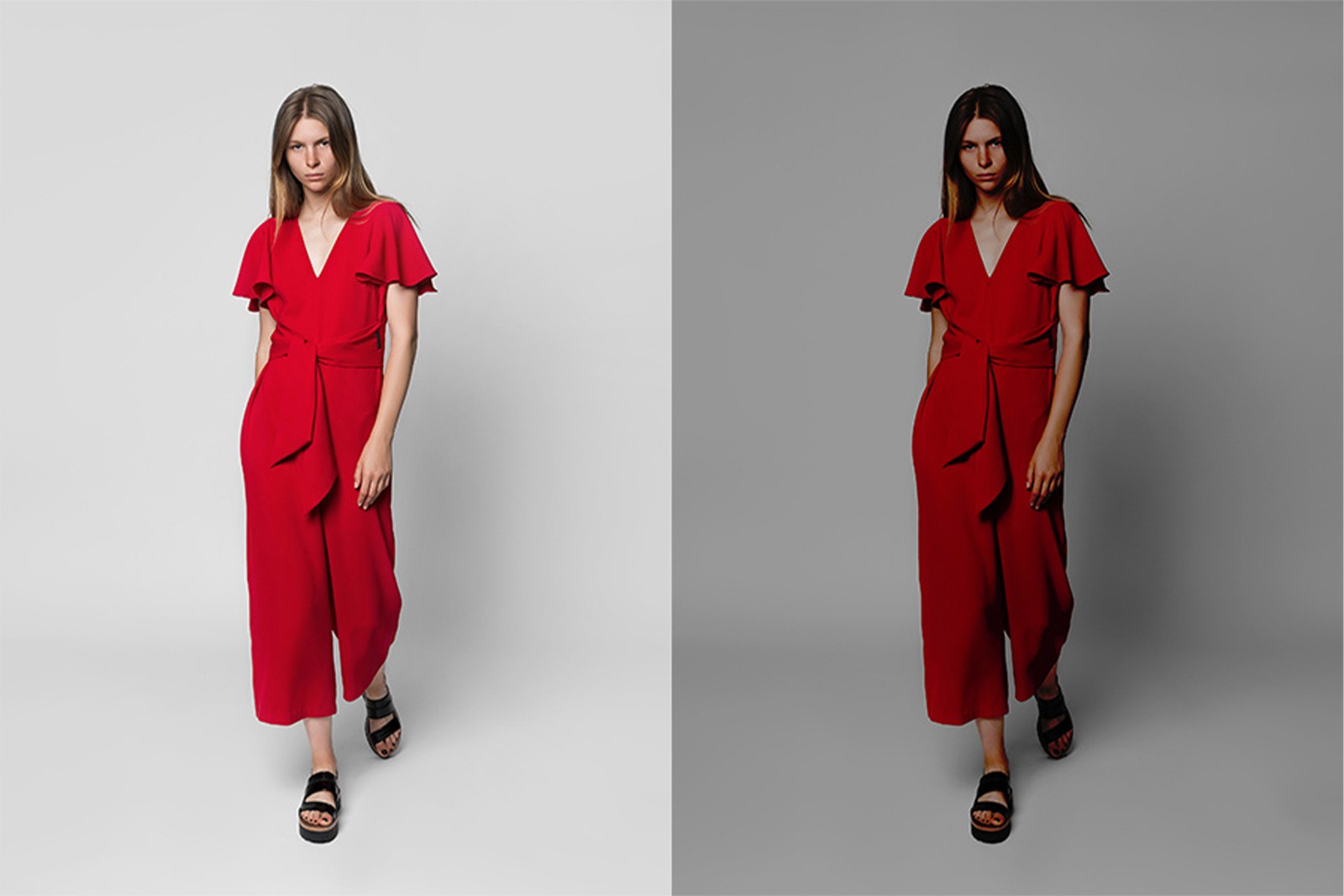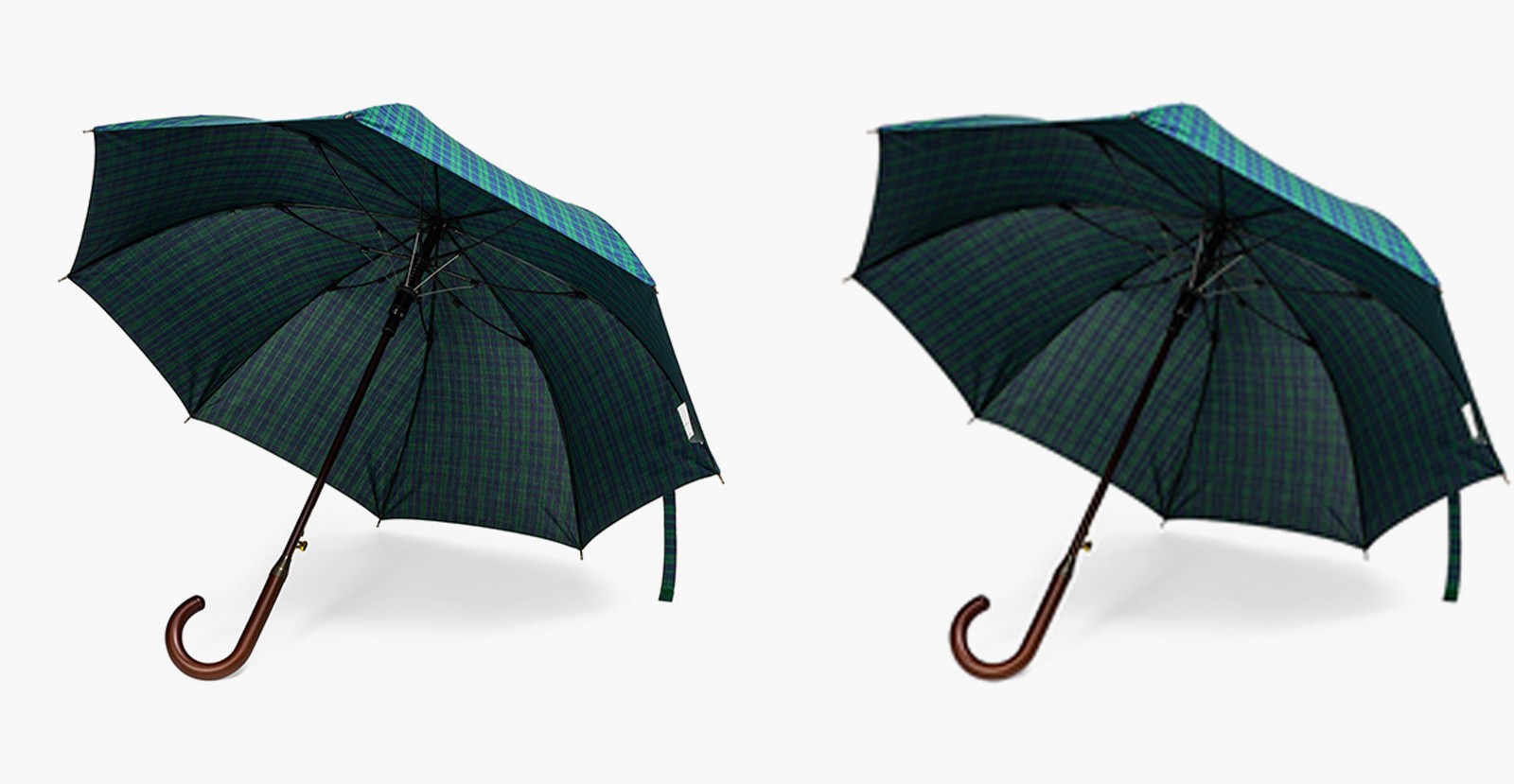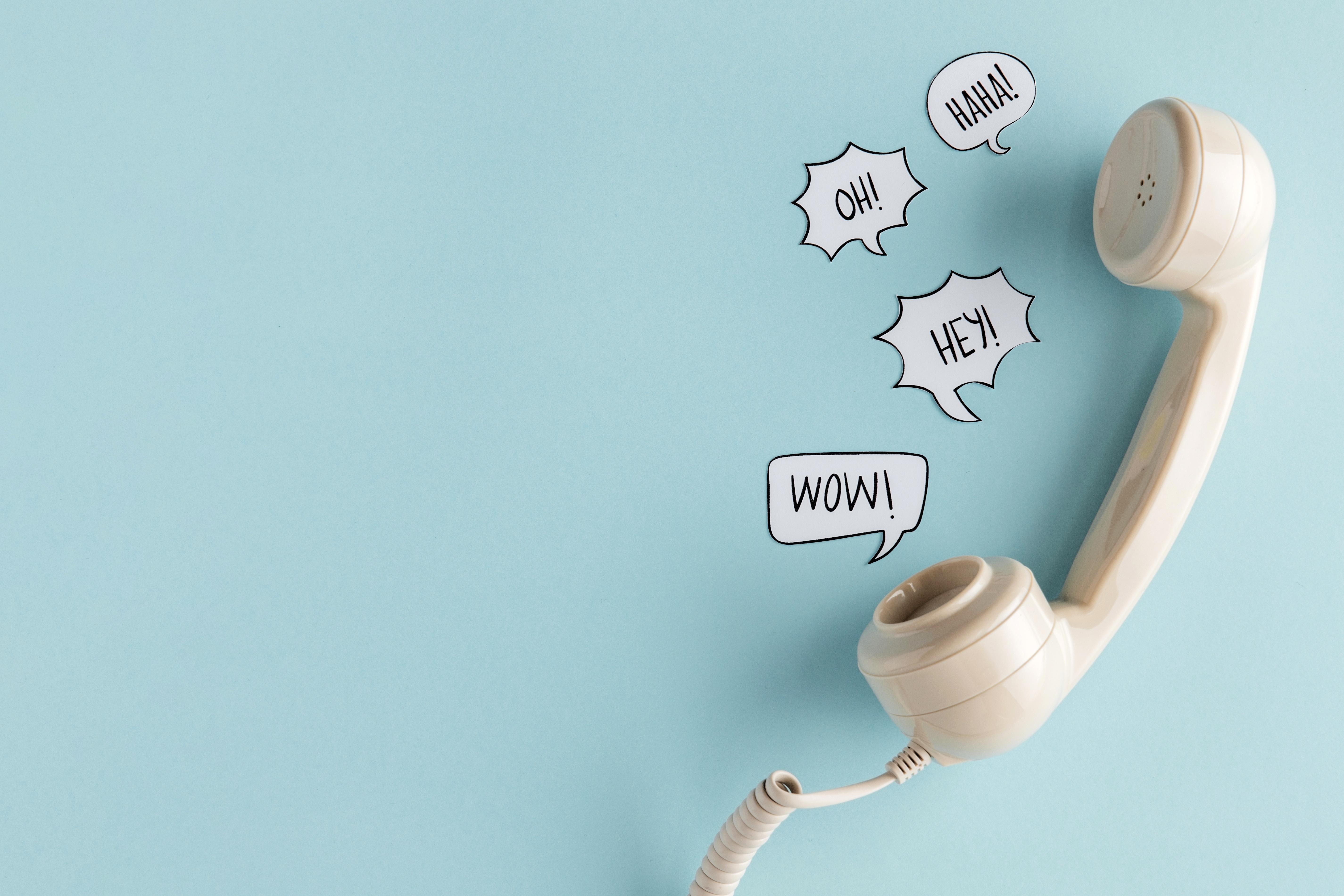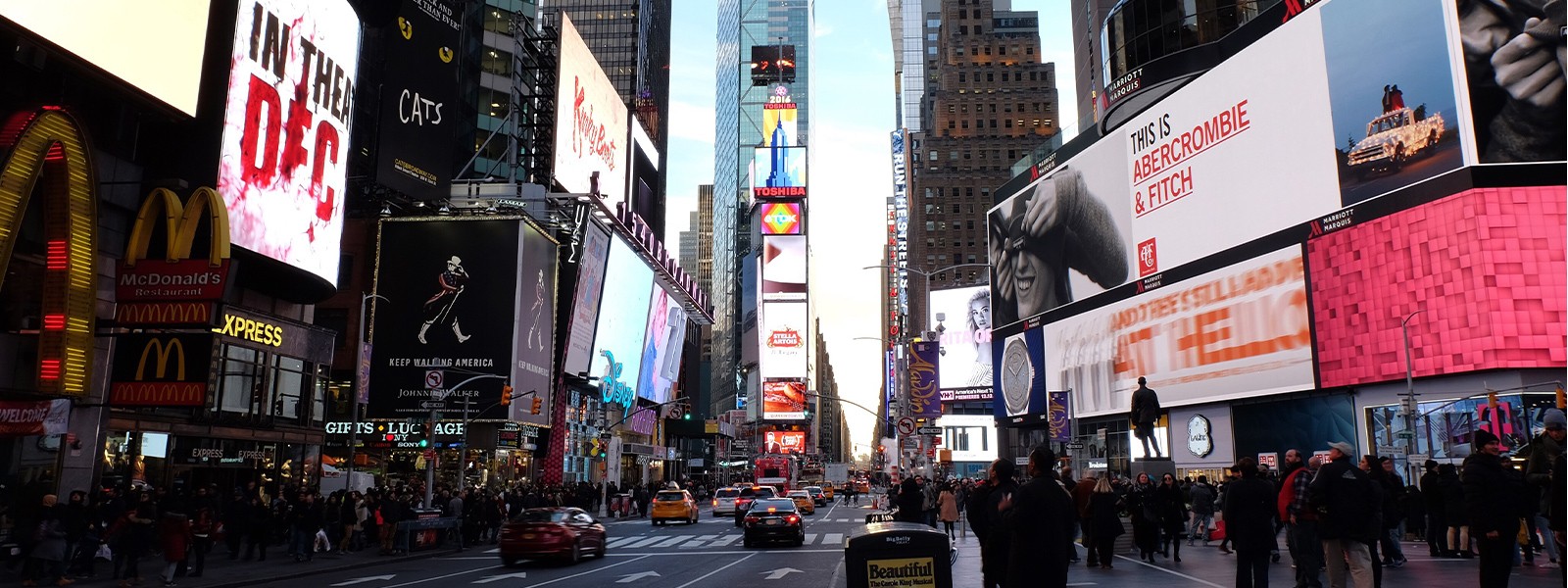Photography
/
Taze Creative
Product photography is a critical factor in ecommerce success. Poor images can turn potential customers away, while well-executed ones can drive sales. Here are 11 common mistakes in product photography that, when avoided, will significantly improve your ecommerce sales:
Having just one image of your product isn’t enough to engage potential buyers or give them the confidence to make a purchase. Multiple images allow customers to examine your product from different angles and help them visualize it in use. In fact, providing 3-5 images per item can significantly increase the probability of converting an ecommerce user into a buyer.
Why more images matter
Higher priced items demand more visuals: The closer your product is to premium pricing, the more images shoppers expect. A single image isn’t sufficient to justify a premium price. A well-rounded selection of shots shows attention to detail and reassures the customer that the product is worth the investment.
Show details, Especially for handmade products: With handmade pieces, capturing close-up details is crucial. A slight imperfection in the hand-stitched seam of an artisanal blouse or a potter’s hands working on the wheel can tell a story. These elements highlight craftsmanship and authenticity, offering an emotional connection with the buyer.
Cover multiple angles: Take shots from the front, back, side, or 45-degree angles. Use a mix of full-size shots and close-ups to showcase design features or textures. This strategy is especially effective for apparel or accessories where customers want to visualize how the item looks from all perspectives.
Different photography concepts to explore
Lay Flat: Perfect for clothing, where customers want to see the full product.
Ghost Mannequin: A great way to show how clothing drapes naturally, while maintaining the product as the sole focus.
Isolated Shots: Clean images with no distractions keep the focus on the product.
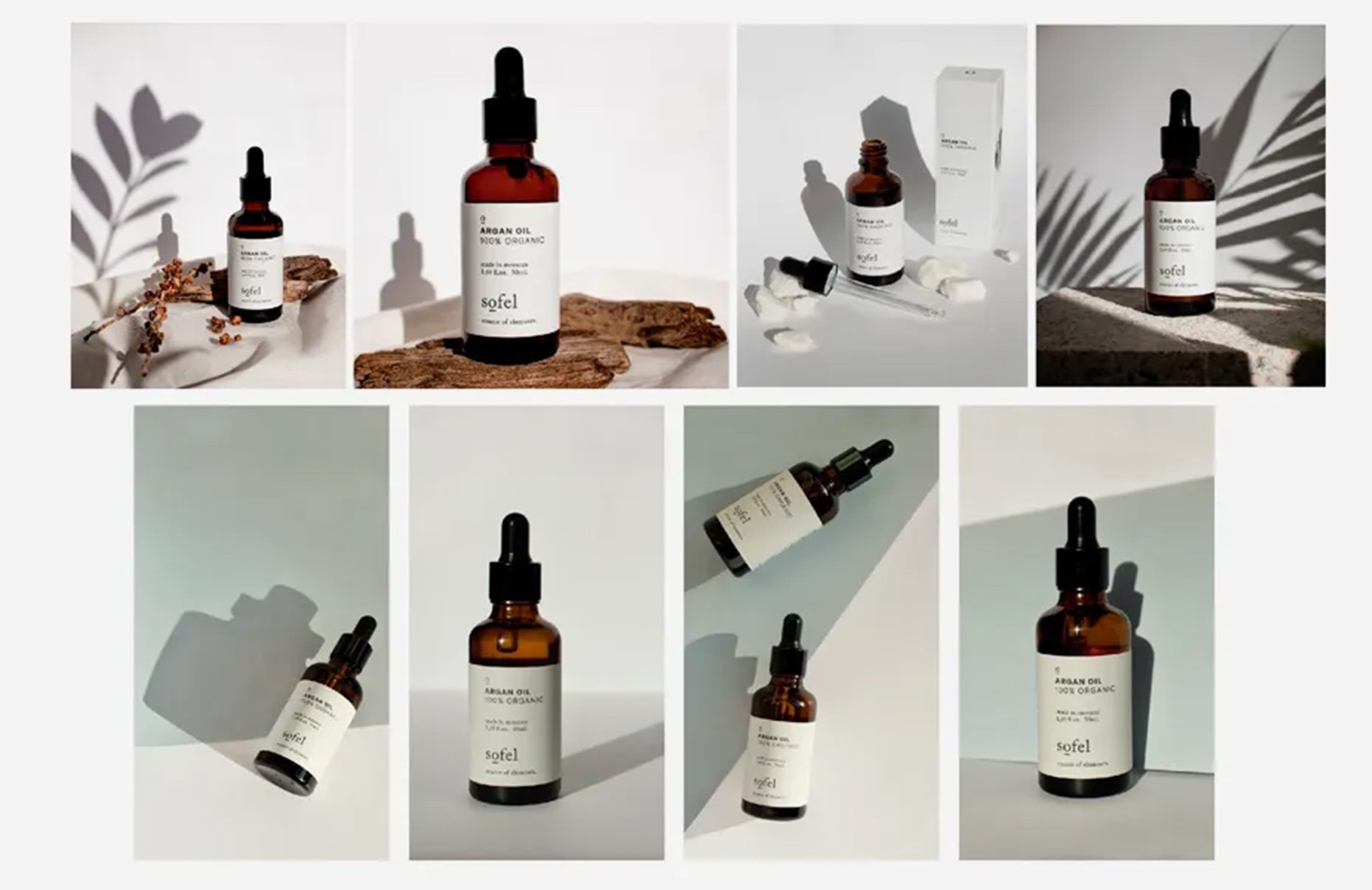
Retouching is a crucial part of the product photography process. It can elevate an already great image or correct minor imperfections in a photo, but when done poorly or excessively, retouching can severely damage the quality of your images and harm your brand's credibility. While it's tempting to cut corners and save on retouching, this is one area where investing in quality work pays off.
Why retouching matters
Retouching can enhance the finer details of your product—whether it’s removing dust spots, fixing small imperfections, or ensuring that the colors are accurate. However, even the best retouching can’t transform a poorly shot image into a great one. The foundation of the photo must be strong for retouching to work effectively.
Two common retouching mistakes
Over-retouching: One of the most common errors is using too much retouching. Over-editing can make a product look artificial or unappealing, and customers may feel misled if the product doesn’t match the exaggerated photo when they receive it. Subtlety is key in retouching—make adjustments that enhance the image without changing its natural look.
Poor retouching: On the flip side, poorly done retouching can make an image look sloppy and unprofessional. Visible editing marks, inconsistent colors, or uneven lighting corrections can distract customers and make your product appear less polished. This can reflect poorly on your brand and discourage potential buyers.
Balancing retouching for best results
Focus on natural enhancements: Retouching should be used to refine the image while keeping the product’s natural essence intact. For example, clean up small defects or blemishes, but don’t alter the product to the point where it looks different from what customers will receive.
Correct imperfections, Don’t mask reality: Correcting lighting issues, sharpening details, and making colors pop can improve an image, but avoid retouching that distorts the product’s reality. Your goal is to enhance, not mislead.
Conclusion: Quality retouching sells
Retouching is an investment, not a cost-saving opportunity. When done right, it improves the image quality and helps showcase your product’s best features, ultimately driving sales. However, if done poorly or excessively, it can result in unnatural, unattractive images that turn potential customers away. Always aim for professional, well-balanced retouching to maximize the appeal of your product images.
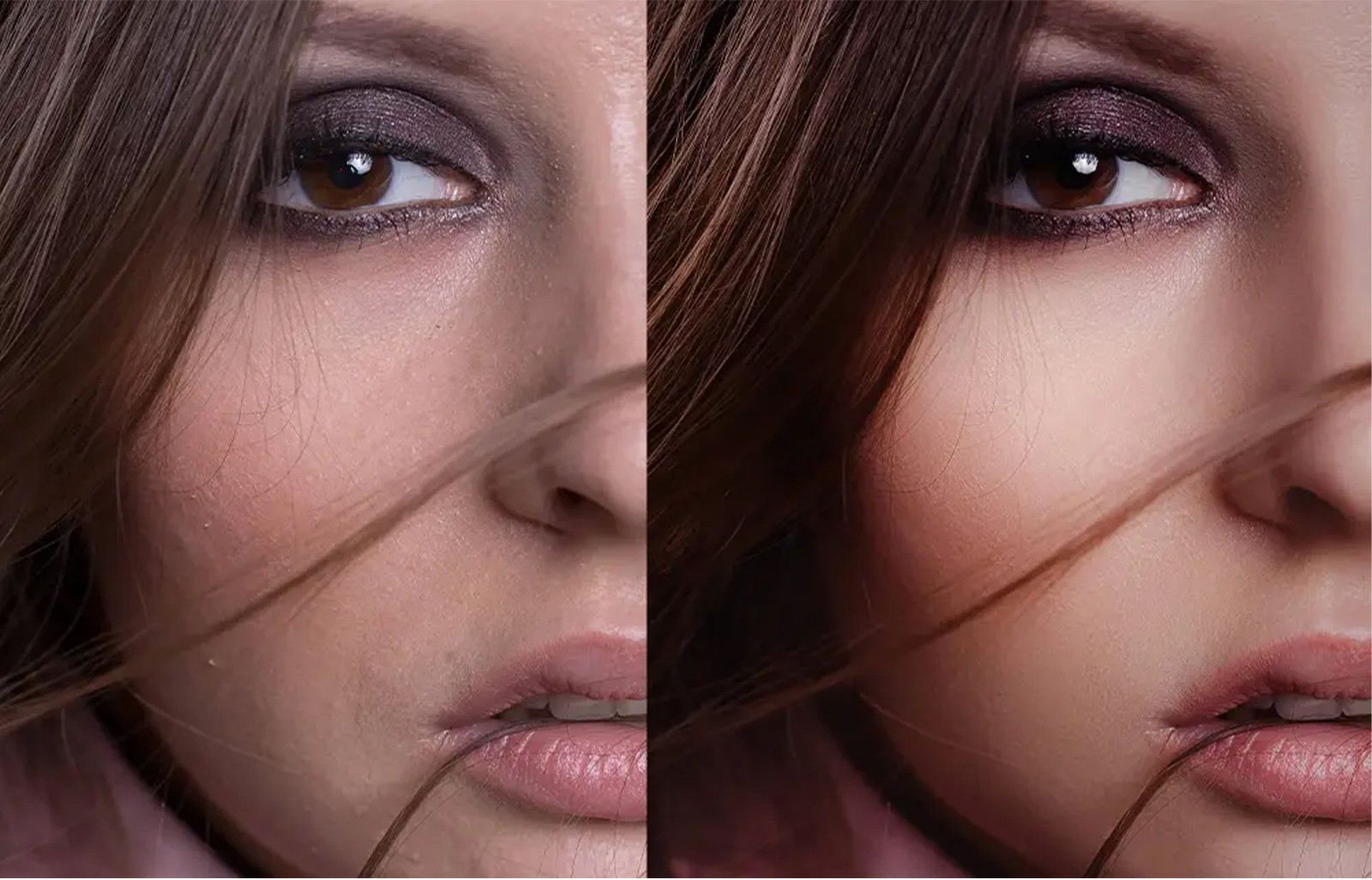
The background plays a more important role in product photography than many people realize. A well-chosen background can make your product stand out and significantly streamline the retouching process. Even if you don’t have professional equipment, creating a clean and polished background is a crucial step in achieving high-quality images.
The ideal background setup
For most ecommerce platforms, a #FFFFFF white background is the industry standard, especially for Amazon and Shopify. This ensures the product is the sole focus of the image without any distractions. Fortunately, you don’t need expensive tools to achieve this look. A simple solution involves:
White vinyl or plastic sheet: Purchase a piece of white vinyl or plastic from your local hardware store. This flexible yet durable material can be easily attached to a table using clips, with the other end propped up against a wall to create a seamless curve. This setup eliminates harsh lines or shadows and gives your product a clean, floating appearance.
Why the white background works
Focus on the Product: A white background removes distractions and highlights the product, ensuring customers see every detail clearly. It also creates a professional and consistent look across your ecommerce store.
Easier Retouching: A seamless white background simplifies the editing process. You won’t have to worry about removing distracting elements or correcting inconsistent lighting, allowing you to focus on enhancing the product itself.
Exploring other background options
If you want to get creative with your product photos, colored or black backgrounds can make for stunning visuals. However, these options require more expertise with lighting and retouching, as they tend to cast shadows and affect color accuracy. For most ecommerce platforms, it’s best to leave these more complex shots to professionals who can ensure the lighting and background enhance, rather than detract from, the product.
Conclusion: Keep it simple and professional
A well-prepared background is a game-changer in product photography. Not only does it make your product stand out, but it also reduces the time and effort needed for post-production editing. While creative backgrounds can work for certain products, a white background remains the gold standard for ecommerce. Whether you’re using vinyl, plastic, or a DIY setup, investing in a clean background setup ensures your product photos look polished and professional.
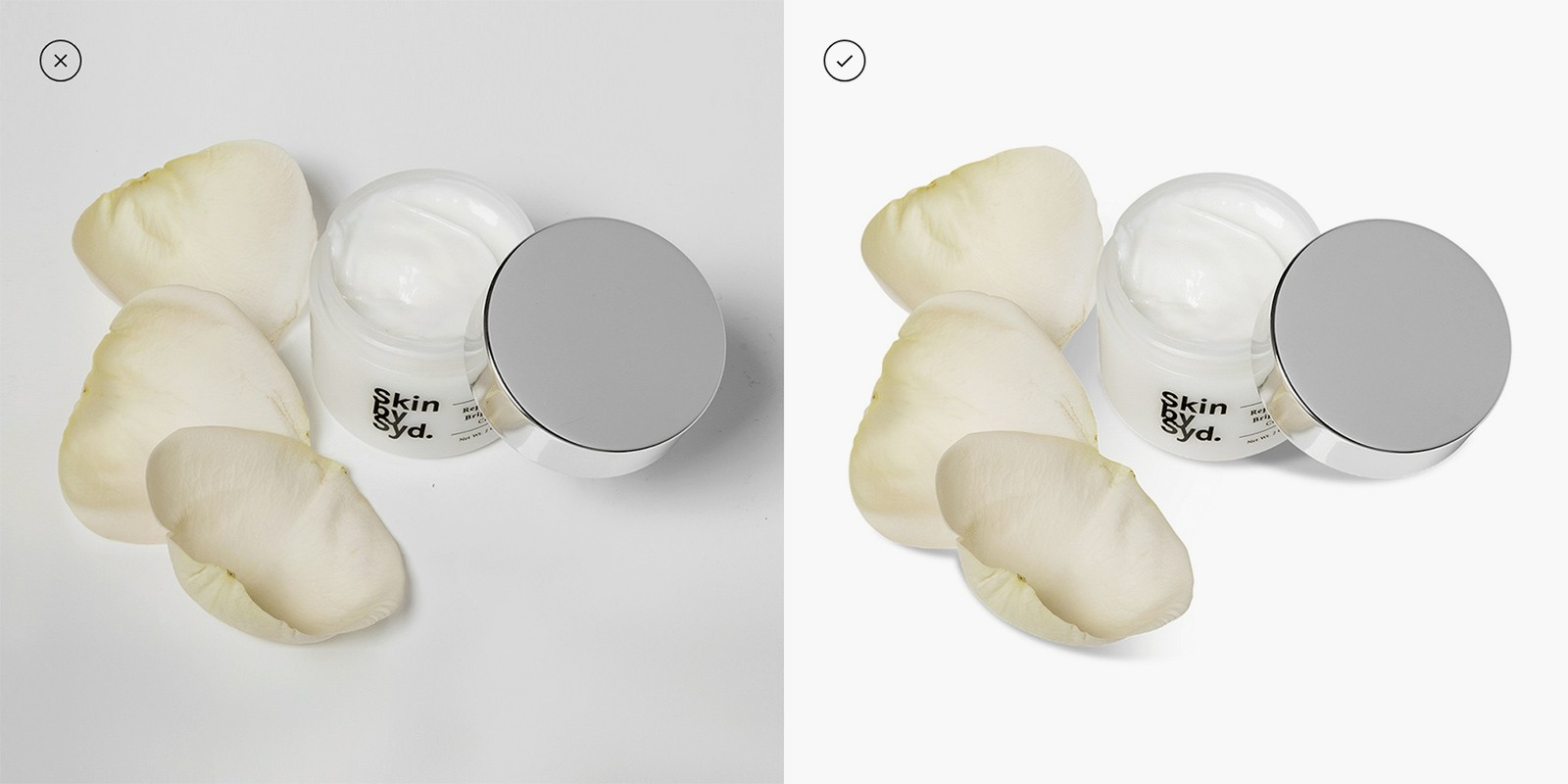
4. Don’t take light lightly: It’s a shadowy business
In product photography, lighting is just as important as the camera and lens—perhaps even more so. Just like alcohol at a party, too little lighting can make your product shots look dull and lifeless, while too much lighting can create harsh shadows and overexposed images. Striking the right balance is essential to achieving well-lit, professional-looking product images.
Why lighting is crucial
Lighting sets the mood, enhances texture, and reveals the details of your product. It also affects color accuracy, depth, and shadow control, all of which contribute to the final quality of the image. Without proper lighting, even the best camera won’t capture a product’s true beauty.
Professional lighting equipment
When you talk about professional photography, lighting is a significant part of the conversation. Expensive equipment such as:
Front, back, overhead, and side lights
Softboxes to diffuse light evenly
Reflectors to bounce light onto your product
Fill lights to minimize shadows
These tools are ideal for achieving perfect lighting, but they can be costly and require expertise.
DIY lighting: A budget-friendly solution
If you don’t have access to professional lighting equipment, you can still create high-quality product photos by making the most of natural light and a few inexpensive DIY setups. Here's how:
Natural Light: Utilize daylight, preferably near a large window, to create soft and even lighting. Turn off other light sources in the room to avoid color contamination.
Table lamp stands: Using a couple of adjustable gooseneck table lamps is a cost-effective way to control light direction. Position these lamps at different angles to avoid harsh shadows and bring out the product’s details.
DIY softbox: Create a softbox using simple materials like a cardboard box, white paper, and diffusing materials (e.g., white fabric or parchment paper). A softbox helps to diffuse harsh light and create a more even, flattering illumination on your product.
Key lighting considerations
Intensity: Adjust the brightness of your light source to match the product’s surface. For shiny objects, softer light is best to avoid harsh reflections. For textured products, stronger lighting can bring out details.
Temperature and Tone: Light temperature (measured in Kelvin) affects how warm or cool the colors appear in your photo. Use consistent lighting to ensure your product’s colors remain accurate.
Experiment and find your lighting sweet spot
Take multiple test shots using different angles, light intensities, and reflector placements to find the right balance of shadows and highlights. Once you find the perfect lighting setup, maintain it for all product shots to achieve a consistent look across your images.
Conclusion: Lighting is everything
Don’t underestimate the power of good lighting in product photography. Whether using natural light or a few DIY tools, lighting plays a vital role in capturing the details, textures, and colors of your product. Experiment with different setups, and once you’ve nailed the right balance, stick to it for a consistent, professional look in your product photography.
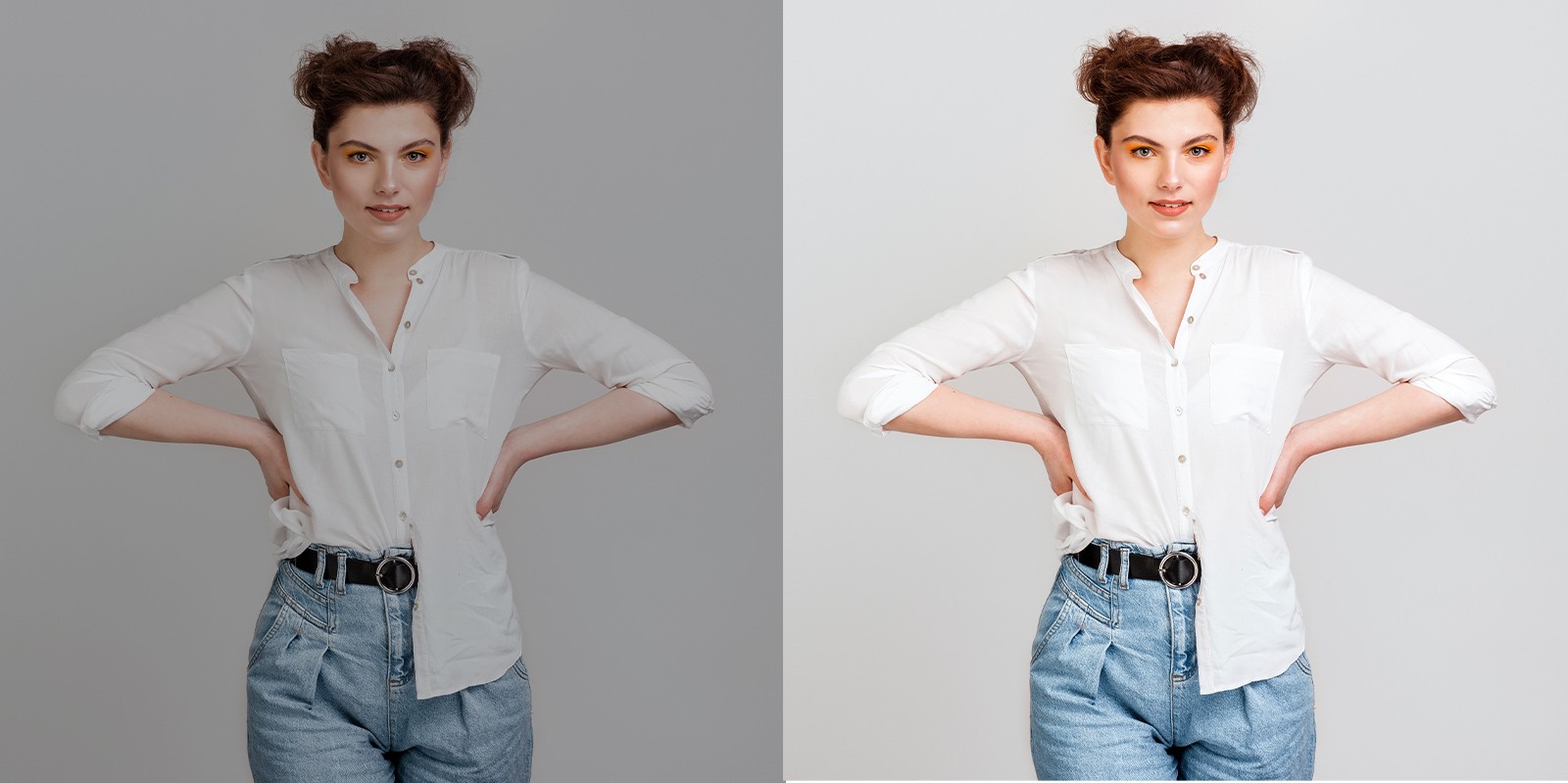
In product photography, consistency is key, especially when you’re photographing a series of items for an ecommerce store. Each product needs to be displayed with the same level of professionalism, ensuring a uniform and cohesive look across your website. One of the most essential tools for achieving this consistency is a tripod.
Why a tripod is Non-negotiable
A tripod provides stability and consistency in your photography setup. Without a tripod, your shots are prone to:
Blurring: Even the slightest movement can result in a blurry photo, especially when using a slower shutter speed for proper lighting.
Inconsistent angles: Handheld shots can vary in height and angle, making it difficult to keep products aligned uniformly across your images.
Inconsistent distance: A tripod helps maintain the same distance between your camera and the product, ensuring all items are framed consistently.
Achieving consistency with a tripod
For ecommerce photography, it’s crucial that each product image looks like it belongs to the same series. A tripod allows you to:
Keep the object placed in the same spot in every shot.
Maintain a consistent distance between the camera and the product.
Ensure consistent lighting and focus from one image to the next.
The importance of depth of field
Using a tripod also helps you achieve a wide depth of field, which is critical for keeping your product in sharp focus. With the camera stabilized, you can lower the aperture (increase the f-stop number) to achieve greater depth of field and use a slower shutter speed without worrying about camera shake. This ensures that all parts of the product remain crisp and clear, enhancing the overall quality of your images.
Affordable tripods: A smart investment
You don’t need to break the bank to get a reliable tripod. A basic tripod starts at around $25 and can last for years. This small investment will:
Improve the quality of your photos.
Save time during your shoot by eliminating the need to reposition or stabilize your camera repeatedly.
Provide the consistency you need for a professional-looking ecommerce store.
Conclusion: Stability equals professionalism
A tripod is one of the most affordable yet critical tools in product photography. It guarantees stability, consistency, and clarity—essential elements for producing professional product images. Don’t skimp on this tool; a tripod will elevate the quality of your photography and ensure your ecommerce store looks polished and trustworthy.
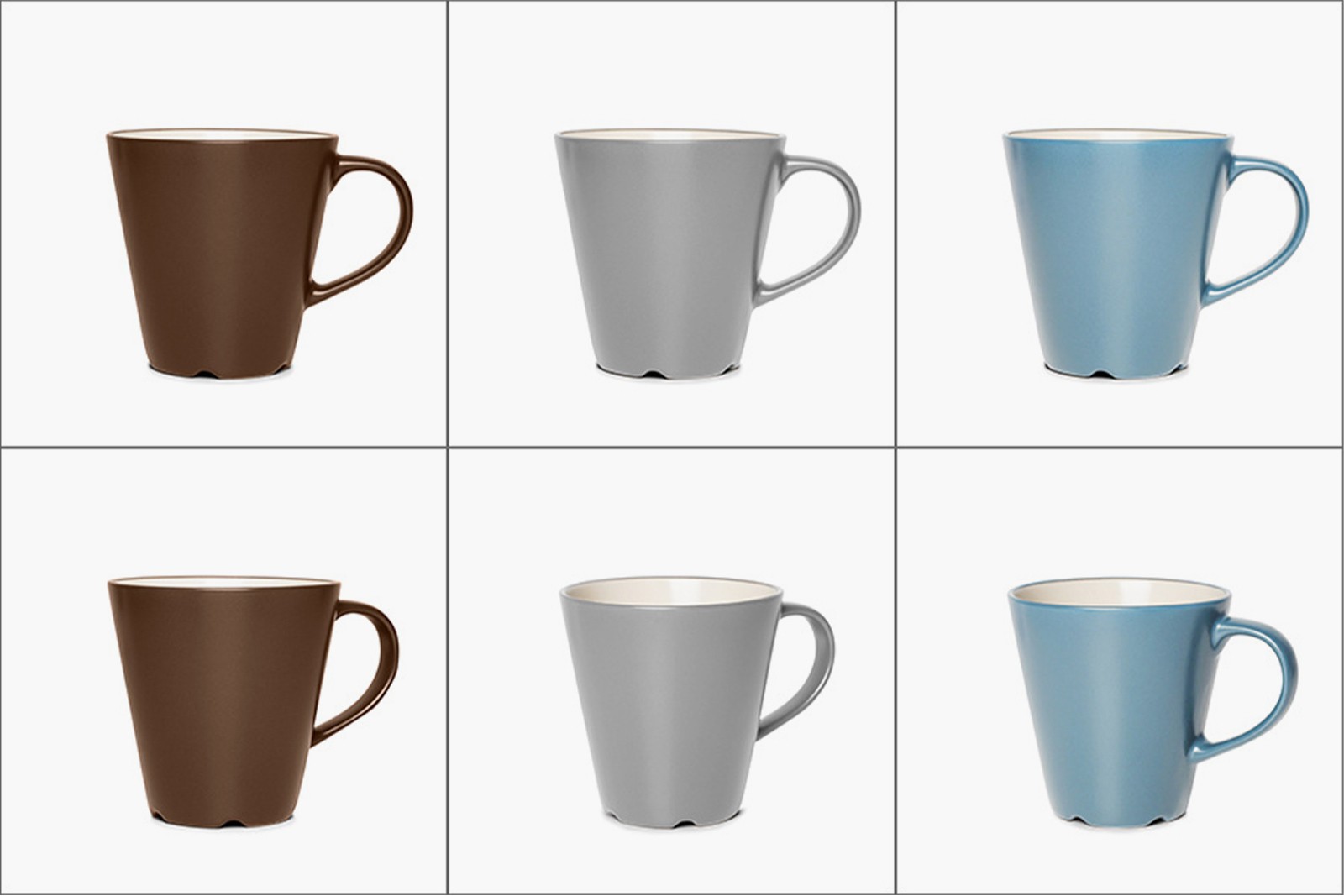
Using models in product photography is a powerful way to show your products in use and help customers visualize how they might look or function in real life. However, when the model overshadows the product, the focus shifts away from what you’re trying to sell. Product photography with models is its own specialized segment, and getting it right requires adhering to key principles.
Rules for product photoshoots with models
Choose the right model for your target audience
It’s essential to choose a model that resonates with your target audience. Don’t simply pick a model based on appearance alone—think about how well the model represents your brand and connects with the people you want to reach. Your model should complement the product, not distract from it.
Avoid overpowering the product
The model should support the product, not dominate it. The goal is to make the product the hero of the shot. While a model can bring personality and life to the image, it’s crucial that they don’t steal attention from the product.
Ensure that the model’s pose, expression, and styling direct focus toward the product. A subtle pose and natural, relaxed expression work better than forced or exaggerated poses.
Natural, Relaxed expressions over stock-style smiles
Gone are the days of overly staged, stock-photo-style smiles. A natural, calm expression often feels more authentic and can help sell the lifestyle or mood of the product better than a forced smile. This is especially true for fashion, lifestyle, and high-end products.
"Product first, Model second" Mantra
Both the model and the photographer need to remember the mantra: Product first, model second. The model is there to enhance the product, not compete with it. This applies to everything from posing to clothing and accessories. The product should be the center of attention in every shot, and the model should simply be a vehicle to highlight its features.
Shoot at Eye-Level
Shooting from extreme angles (either too high or too low) can make the model appear unnatural and take away from the product’s presentation. Eye-level shots create a more realistic and approachable feel, keeping the viewer’s attention on the product while ensuring the model looks natural and aligned with the overall composition.
Conclusion: Keep the product in the spotlight
When using models for product photography, it’s vital to strike the right balance. The model should enhance the product, not overpower it, visually or mood-wise. By focusing on natural expressions, choosing the right model for your audience, and maintaining the "product first" mentality, you’ll create engaging, high-quality images that help drive sales while keeping the spotlight on the product.
While creativity is valuable in many aspects of marketing, product photography for ecommerce requires a more straightforward approach. The goal is to provide potential buyers with a true-to-life portrayal of your product, allowing them to make an informed purchasing decision. Overly creative angles and unconventional positioning may seem intriguing, but they often detract from the product’s functionality and can confuse customers.
Why simplicity wins for ecommerce photography
Unlike social media, where you might play with creative elements to grab attention, ecommerce photography needs to be clear and consistent. The focus is on realism and showing your product accurately, without distortion or confusion. The more straightforward and comprehensive your images, the easier it is for customers to visualize the product.
Essential angles for ecommerce product photography
Front shot: This gives the customer a direct view of the product and is usually the first image they see. It provides a full, straightforward representation of the item.
Back shot: The back shot is equally important, especially for clothing, electronics, or anything where the rear features matter (e.g., buttons, ports, or zippers).
45-degree shot: The 45-degree angle is one of the most appealing angles for products. It offers a more dynamic view, revealing the depth and structure of the item. This angle works well as the hero image for many products because it captures more details than just the front or back alone.
Bonus shots to enhance the product
Close-Ups: Include close-up shots to show the finer details, such as textures, stitching, logos, or other intricate design elements.
360-Degree Photography: If you have the resources, offering a 360-degree view allows customers to interact with the product virtually, giving them a more immersive shopping experience.
Why avoid over-creativity in angles?
Inconsistency: If you use creative or extreme angles, it becomes harder to replicate the same style across a series of products. This leads to a disjointed product catalog, where some images look professional and others look amateurish or hard to interpret.
Customer confusion: Overly artistic angles can distort the product’s actual size, shape, or function, making it harder for buyers to understand what they’re purchasing. Ecommerce customers expect realism, not artistic flair, from product images.
Conclusion: Stick to the classical trio
For an ecommerce store, the front, back, and 45-degree shots are the foundation of effective product photography. While a few close-ups or a 360-degree view can enhance the customer experience, too much creativity with angles and positioning can lead to confusion and inconsistency. Keeping it simple and realistic ensures customers get a clear, accurate representation of your product, which ultimately leads to better decision-making and increased sales.
